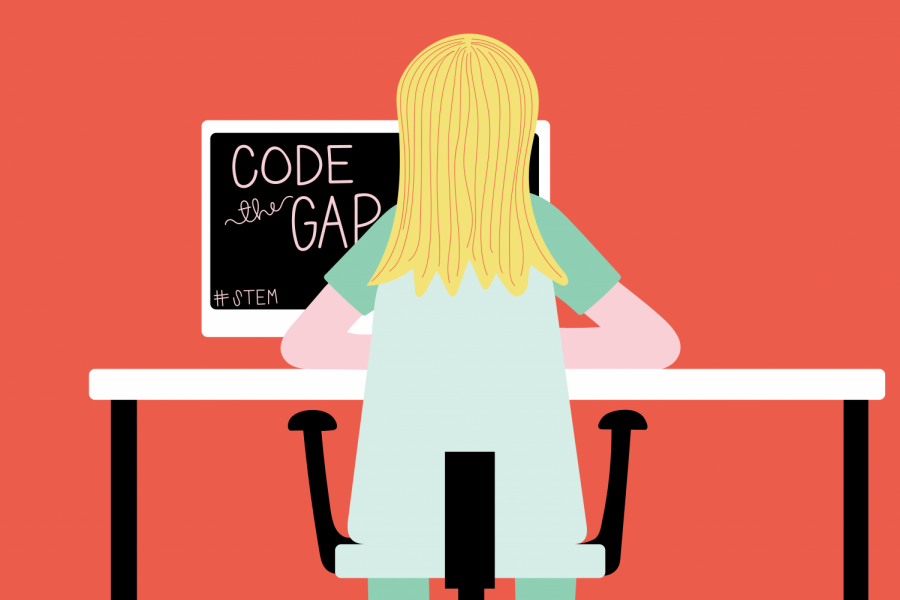This fall, a new University of Minnesota student group called Code the Gap is striving to diversify STEM fields by encouraging participation of historically underrepresented groups in STEM.
Code the Gap has more than 15 volunteer instructors to teach K-12 students skills in computer science to create opportunities to engage with STEM. By the end of November, Code the Gap is hoping to connect with schools in the Twin Cities to start virtual instruction and be registered as an official University student group.
Co-Presidents Sree Pemma and Swati Rampalli worked together to start the organization last spring. Rampalli was inspired by the mission of Girls Who Code, an organization she was involved with when she was younger. Girls Who Code is a nonprofit organization dedicated to closing the gender gap in computer science by supporting young girls in their goals in STEM fields.
“As someone who identifies as a woman, I suffered from imposter syndrome in the field, and it’s disheartening to know that groups further underrepresented than me can’t imagine themselves as leaders in STEM fields,” Rampalli, a computer science major, said in an email to the Minnesota Daily. “I think this was definitely the opportunity to start changing that.”
Girls Who Code is on track to closing the gender gap in entry-level tech jobs in 2027, according to its website.
Pemma said in one of her classes of around 110 students, there was only a small number of women.
“I realized that there was a huge gender gap in the computer science field specifically within the STEM bubble of the UMN,” Pemma said. “So I think that’s what really prompted me to join and … do our part in closing the gender gap as well as including underrepresented groups beyond gender.”
Girls Who Code provided funds to Code the Gap, which they plan to use to provide Chromebooks to students without access to a personal computer.
“We also know a lot of families might be struggling financially, so maybe they might not be able to afford the right hardware,” said Sai Tallapragada, one of the curriculum planners for Code the Gap. The organization plans to create accounts for students to gain access to computer programming software through a virtual machine called VOLE, he added.
Tallapragada said one reason why he joined Code the Gap is his mom’s experiences in the computer science field.
“I also hear a lot of things from my mom, like how it’s basically her against a bunch of guys, and a lot of the time she has to prove herself to show her worth,” Tallapragada said.
In a recent study titled “Wonder Women in STEM,” the Center for Talent Innovation found that 82% of STEM women in the study said their contributions were ignored in the workplace or did not receive credit for them.
In addition to virtual instruction, the group also plans to have events like study sessions, hackathons and visits from guest speakers. Reshma Balaji, Code the Gap treasurer, said she is excited to meet and develop meaningful connections with students.
Code the Gap plans to expand to multiple schools in the Twin Cities to reach more students and recruit more volunteer instructors. The group said they will hopefully recruit additional volunteer instructors in the spring.
“It’s a lot less likely to see role models in the computer science field because there’s not that many [women]. So I think this group really deals with that by … watering the roots of the plant so we can have a really big tree later,” Tallapragada said.













